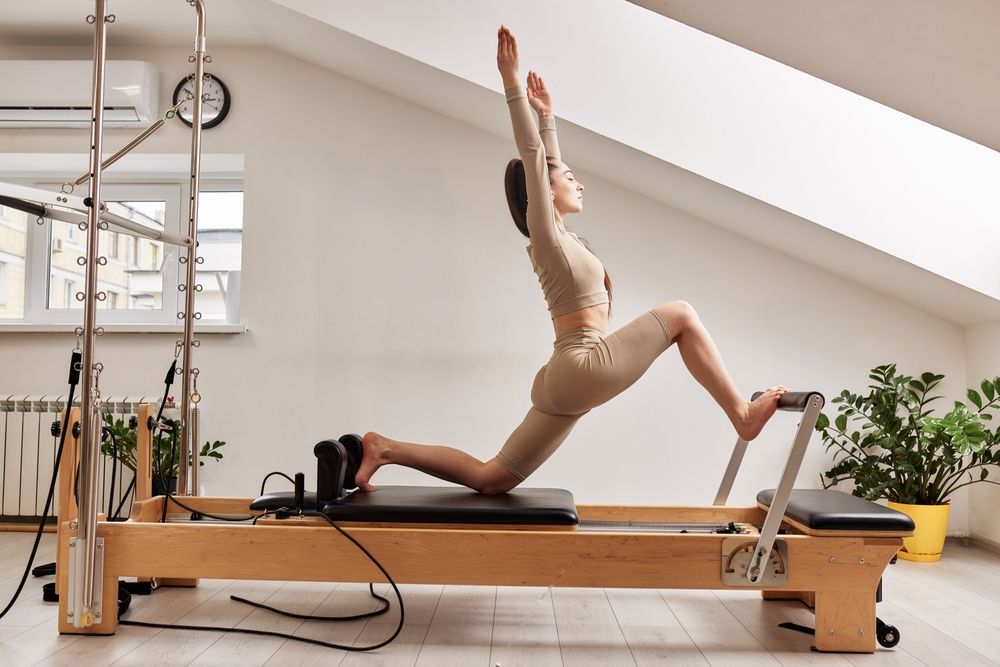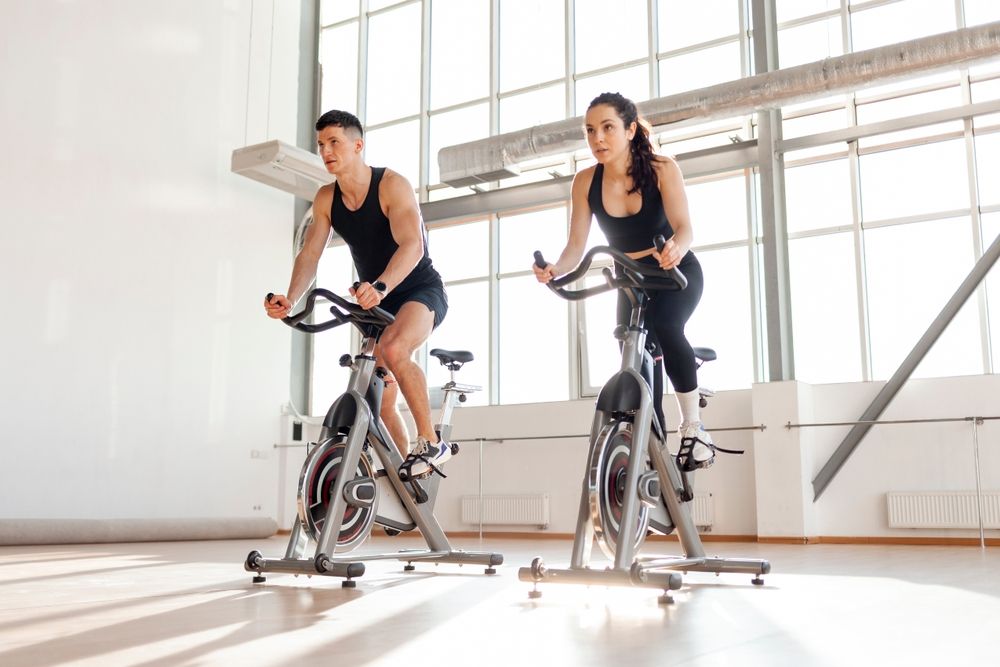
Not all workouts need to be high-intensity and exhausting to effectively target and reduce visceral fat. In fact, low-impact exercises can be just as beneficial, especially for those aiming to shed stubborn visceral fat. These workouts are gentle on the joints, making them suitable for people of all fitness levels, including those recovering from an injury or beginning their fitness journey.
Visceral fat is the fat that surrounds your internal organs, unlike subcutaneous fat, which lies just beneath the skin. Visceral fat is buried deep within the abdomen, contributing to a protruding belly and increasing the risk of serious health conditions such as heart disease, diabetes, and high blood pressure. Therefore, reducing this type of fat is essential for overall health and well-being.
Low-impact workouts emphasize continuous movement and gentle exercises that elevate your heart rate without putting too much stress on your body. These activities help burn calories and enhance cardiovascular health, both of which are crucial for reducing visceral fat. Let’s explore five of the best low-impact workouts that can help you shed unwanted visceral fat and boost your overall health.
Incorporating these low-impact workouts into your routine allows you to effectively target visceral fat without the need for intense exercise. Activities like brisk walking, swimming, yoga, Pilates, and cycling are gentle on your joints while offering numerous health benefits. By starting with the workout that fits your lifestyle best and gradually building your routine, you can make significant strides in improving your overall health. Consistency is essential for achieving results and enhancing your well-being. So, whether you choose to lace up your walking shoes, dive into the pool, unroll your yoga mat, or hop on your bike, you’re taking an important step toward a healthier you.
Brisk Walking

Brisk walking is one of the most accessible and effective low-impact workouts available. All you need is a comfortable pair of walking shoes and a safe path. To maximize the benefits, aim for a pace that makes you breathe harder but still allows for conversation—this usually means walking at a speed of about 3 to 4.5 miles per hour. Start with a goal of walking for at least 30 minutes per session, five days a week. As your endurance improves, gradually extend your walking time to 60 minutes per session.
To keep things interesting, try varying your route, incorporating hills, or using walking poles to engage your upper body. Brisk walking not only burns calories and enhances cardiovascular health but also significantly reduces visceral fat. It’s an excellent way to begin your fitness journey without feeling overwhelmed. Additionally, walking outdoors offers a mental health boost as you take in the scenery and fresh air. The simplicity and versatility of brisk walking make it a sustainable and enjoyable exercise for long-term health.
Swimming

Swimming provides an excellent full-body workout that's gentle on your joints, making it an ideal choice for those with joint pain or injuries. Whether you're swimming laps, participating in water aerobics, or simply treading water, you'll enjoy a host of benefits. Aim to swim for 30 to 45 minutes per session, three to four times a week. As you grow more comfortable in the water, experiment with different strokes—such as freestyle, backstroke, and breaststroke—to target various muscle groups.
Swimming boosts your metabolism, tones muscles, and helps reduce visceral fat while offering a refreshing alternative to land-based workouts. The water's resistance forces your muscles to work harder, increasing calorie burn without added strain. Additionally, the buoyancy of the water supports your body, minimizing the risk of injury. Not only is swimming effective for fat loss, but it also enhances cardiovascular fitness, flexibility, and overall strength, making it a comprehensive workout option.
Yoga

Yoga is an ancient practice that blends physical postures, breathing exercises, and meditation to improve flexibility, strength, and mindfulness. To specifically target visceral fat, focus on poses that engage your core, such as plank, boat pose, and bridge. Aim to practice yoga for 45 to 60 minutes per session, three to five times a week.
A typical yoga session may include a mix of standing poses, seated stretches, and balance exercises, all designed to promote continuous movement and enhance body awareness. Practicing yoga can help lower stress levels, which in turn may reduce visceral fat, and it also enhances mindfulness, supporting healthier lifestyle choices. The deep breathing and relaxation techniques in yoga can improve sleep quality and reduce cortisol levels, further aiding in weight loss. Yoga's holistic approach not only helps melt visceral fat but also promotes mental and emotional well-being, making it a valuable addition to your fitness routine.
Pilates

Pilates is a low-impact exercise system that focuses on core strength, flexibility, and overall body conditioning. Mat Pilates is especially accessible, as it requires minimal equipment and space, making it ideal for home workouts. A typical Pilates session might include exercises like the hundred, leg circles, and planks, all designed to strengthen your core and improve your posture. Aim to practice Pilates for 30 to 45 minutes per session, three to four times a week.
Pilates emphasizes controlled movements and proper breathing, which not only enhances muscle tone but also promotes mindfulness. Regular Pilates practice helps build a strong and stable core, which can contribute to reducing visceral fat. Additionally, Pilates exercises engage multiple muscle groups simultaneously, increasing calorie burn and improving overall muscle balance. The low-impact nature of Pilates makes it suitable for people of all fitness levels and ages, offering a gentle yet effective workout that supports long-term health and fitness goals.
Cycling

Cycling is an excellent low-impact workout that can be enjoyed outdoors or on a stationary bike. To optimize its effectiveness for reducing visceral fat, maintain a moderate pace that keeps your heart rate up without causing excessive strain. Set a goal to cycle for 30 to 60 minutes per session, three to five times a week. To add variety and challenge, try incorporating interval training by alternating between moderate and faster paces.
Cycling boosts cardiovascular health, burns calories, and effectively targets visceral fat, all while being easy on your joints. Outdoor cycling offers the added benefits of fresh air and changing scenery, making your workouts more enjoyable and mentally refreshing. Alternatively, stationary cycling allows for precise control over resistance and intensity, enabling you to tailor your workouts to your specific fitness level. Whether you prefer the open road or the convenience of a gym, cycling is a versatile and effective way to improve your fitness and reduce visceral fat.

